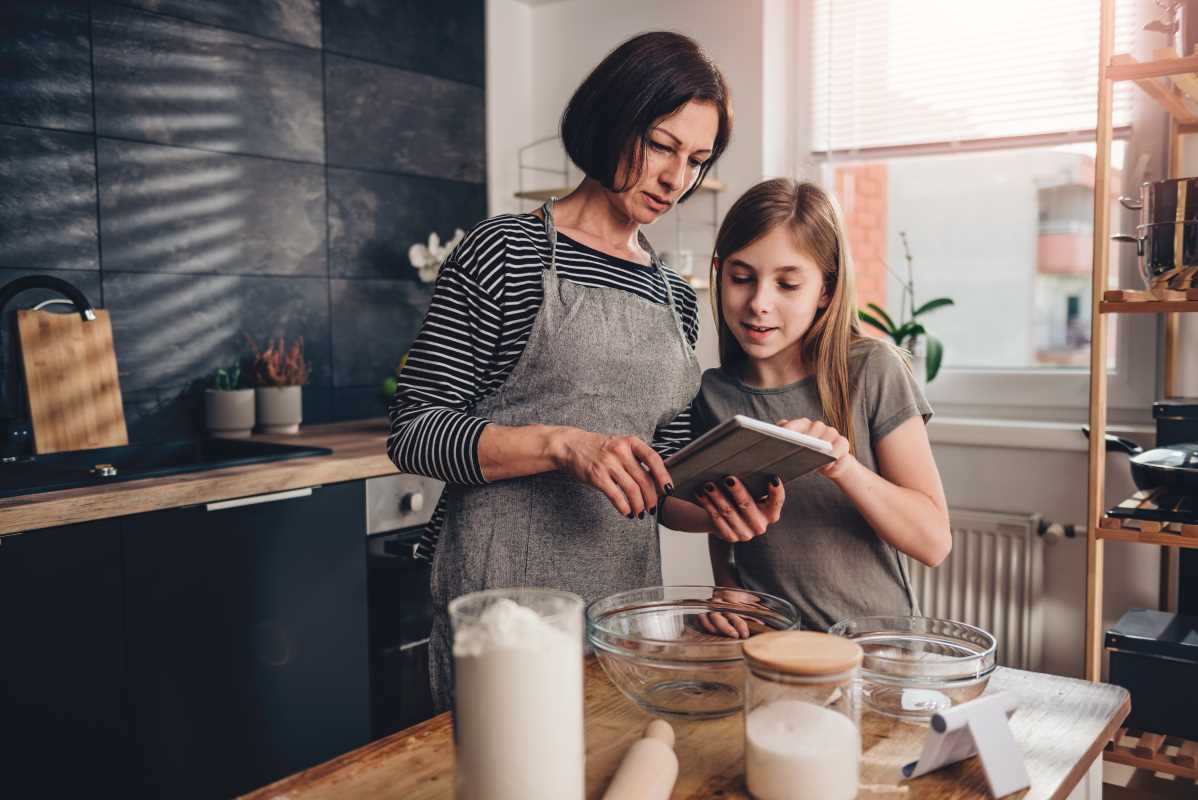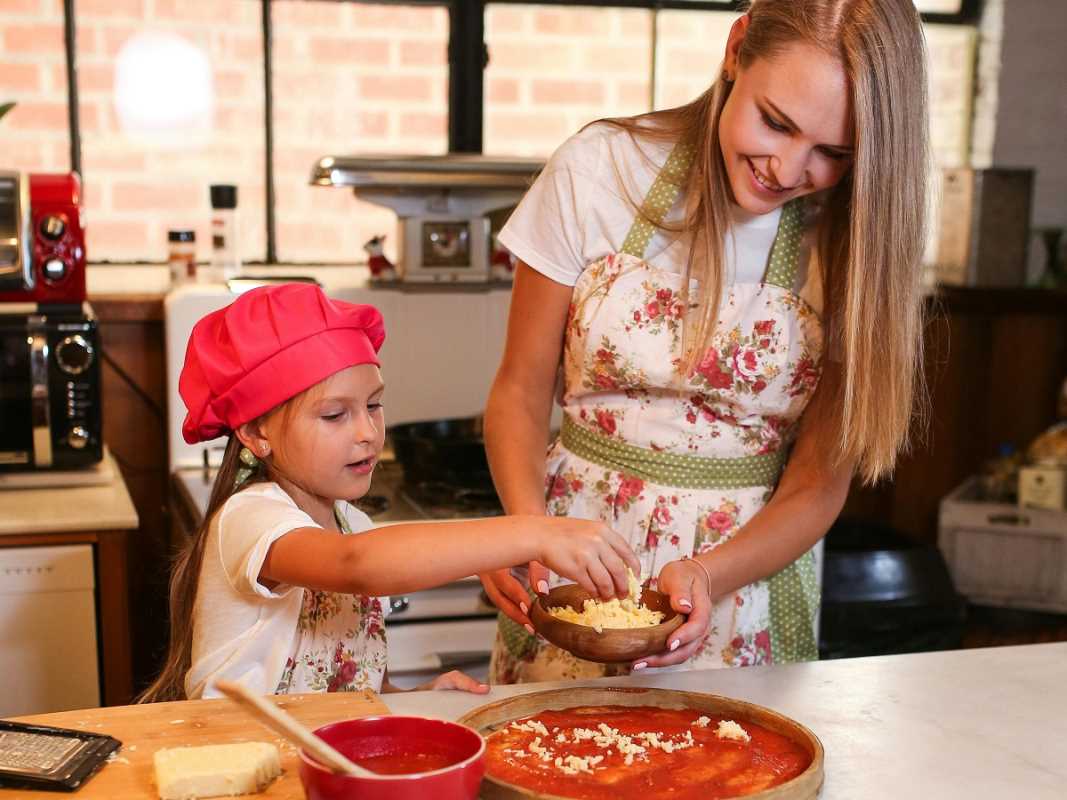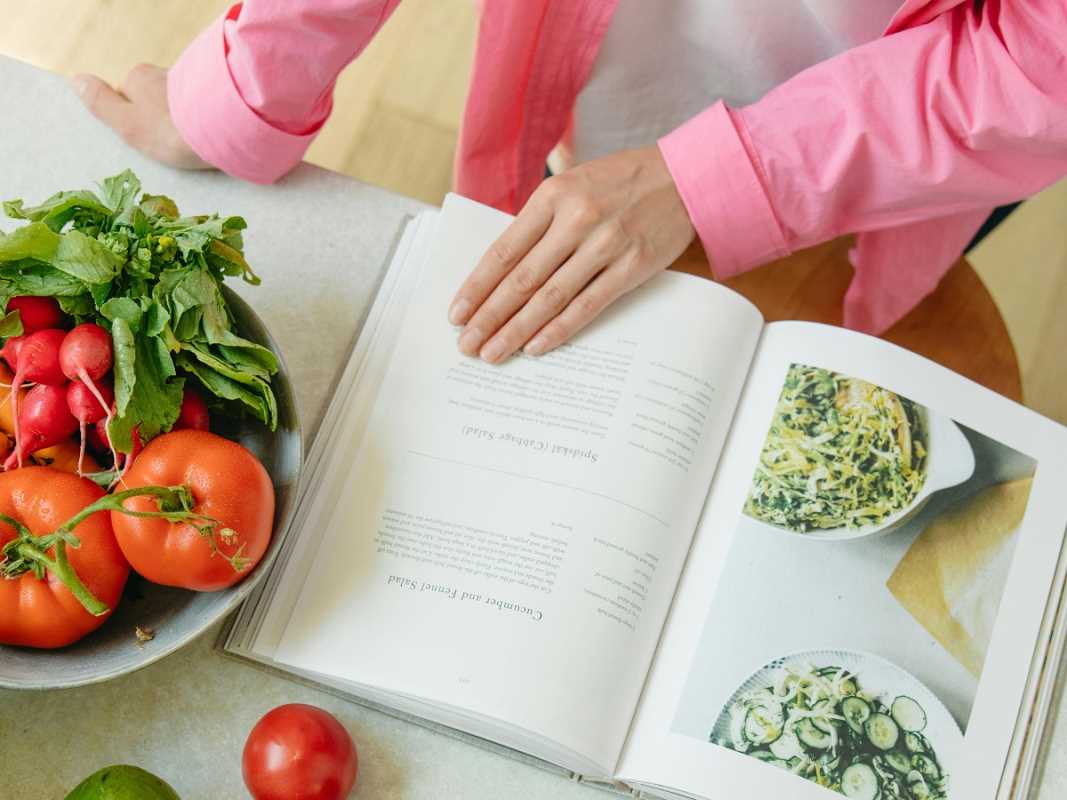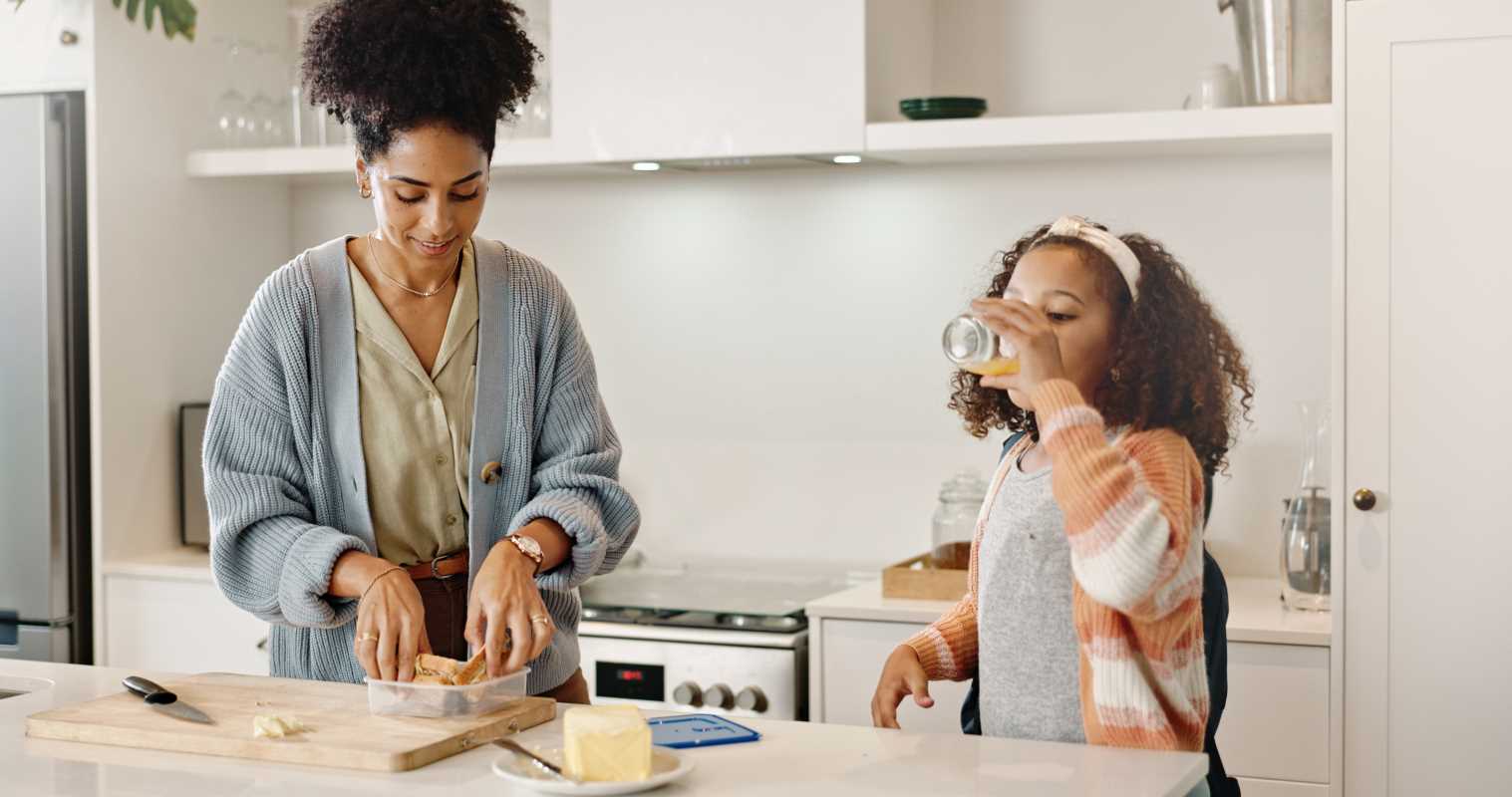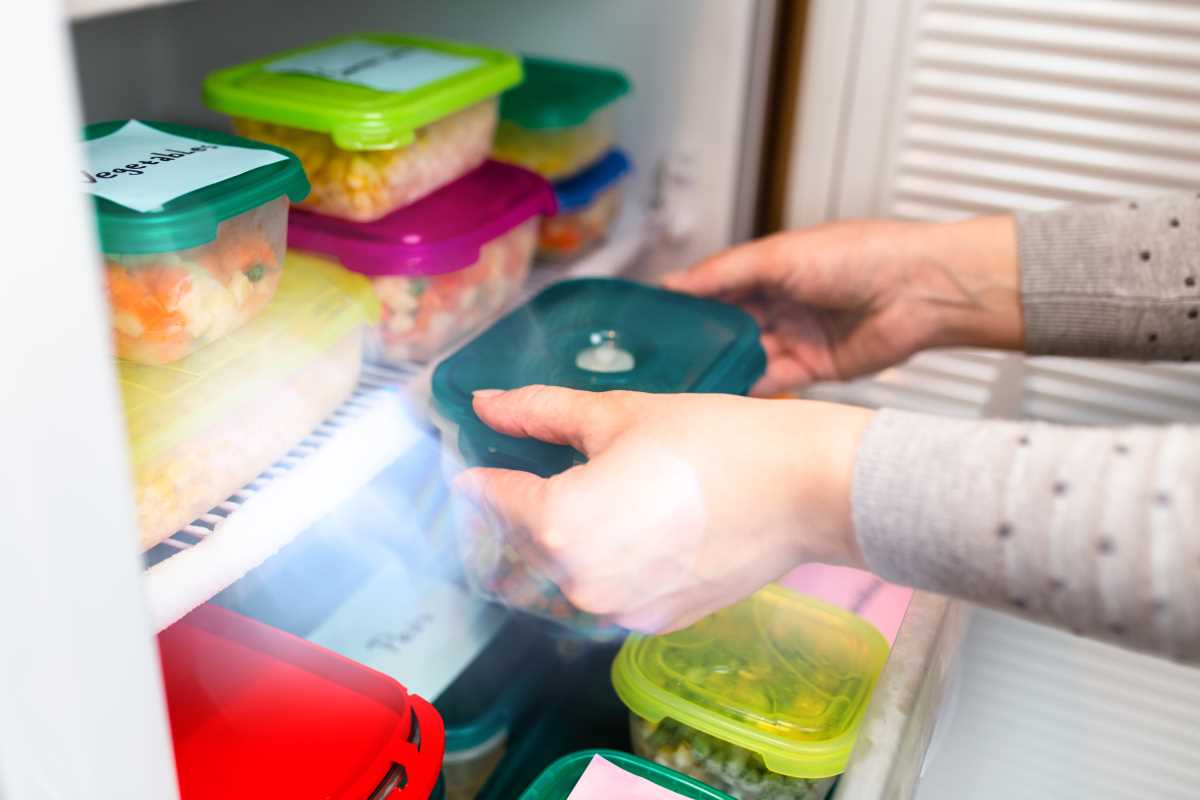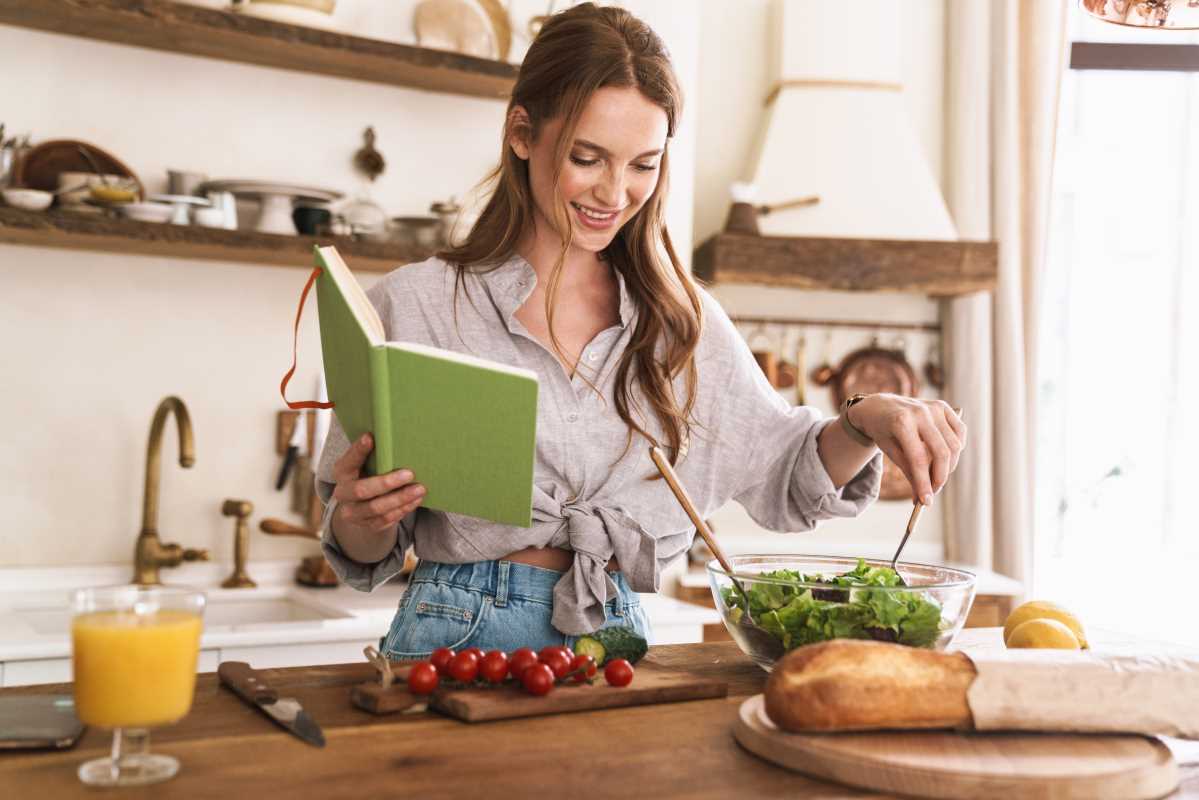Passing down cooking instructions through joyful and personal methods turns everyday recipes into cherished parts of family history. Handwritten notes slipped into cookbooks, voice recordings of laughter in the kitchen, and photo story albums all help preserve the memories behind each meal. As pots simmer and dishes come together, these small touches celebrate the people and moments that shaped your culinary journey. You will find simple, effective ways to record and share your favorite meal directions, making each recipe a meaningful experience that future generations can enjoy and remember.
Imagine a future gathering where each generation pulls out a custom-made collection, smiles widening as they recognize familiar flavor turns, and laughter spills over as they recite your original tips—almost like recalling an inside joke. By treating your recipe handoffs as a creative project rather than just a chore, you set the stage for stories and tastes to live on, stirring up delight around every table.
Discovering the Stories Behind Your Signature Dishes
Your dish archives hold more than measurements and timings; they capture moments of celebration, discovery, and improvisation. When you share these cooking notes, you weave a narrative that shows how a dash of spice once sparked a holiday miracle or how a last-minute ingredient swap saved a family dinner. That personal twist makes every bite richer.
Embedding anecdotes alongside precise cooking steps turns a bland instruction sheet into a vivid tapestry of memories. For an easy way to pass recipes with soul, consider pairing scanned images of your original scribbles next to typed instructions. This layered format sparks curiosity in young cooks and reminds everyone that recipes evolve alongside the people who cherish them.
Bringing Heirloom Flavors to the Family Table
Sharing a recipe begins with inviting others into the kitchen’s sensory world. Encourage each cook to sniff key spices, taste partial sauces, and feel dough textures before they follow your directions. Guiding these interactive moments adds a tactile dimension that text alone can’t capture in instructions.
Host a casual “flavor lab” event where everyone assembles individual ingredient stations, explores aroma jars, and writes down their first impressions. Focusing on sensory discovery rather than strict measurement memorization, you create a deeper imprint of the dish’s character. This fresh approach nurtures confidence and curiosity in subsequent generations.
Hands-On Techniques for Saving Recipes
- Recipe Recording Sessions
- Goal: Capture verbal cues and timing nuances.
- Steps:
- Set up your phone on a tripod at the cooking station.
- Press record and describe each action as you chop, stir, and taste.
- Save the file with a descriptive title for easy access.
- Cost: Free with most smartphone apps
- Pro Tip: Pause recording briefly to describe smells or texture changes, then resume to keep context clear.
- Photo-Story Slideshows
- Purpose: Visually highlight recipe stages for easier understanding.
- Steps:
- Take a clear picture each time you reach a milestone (e.g., knife skills, sauce consistency).
- Upload photos into a slideshow tool and arrange them in order.
- Add brief captions describing heat levels or ingredient textures.
- Cost: Usually free for slideshow apps
- Pro Tip: Use natural daylight for accurate color and texture cues.
- Custom Recipe Cards
- Purpose: Provide tangible guides with personalization.
- Steps:
- Download a printable template with sections for ingredient notes, timing, and flavor tips.
- Fill in measurements in pencil to allow future annotations.
- Laminate the cards or place in clear sleeves for durability.
- Cost: Under $10 for a small home laminator
- Pro Tip: Color-code cards by dish type (e.g., green = salads, red = mains) to speed up decision-making.
- Interactive Cooking Workshops
- Purpose: Engage all senses for deeper learning.
- Steps:
- Prepare labeled ingredient stations in the correct order.
- Guide participants to taste spices, smell oils, and examine textures.
- Pause between steps to address questions and highlight common mistakes.
- Cost: Covers ingredients only
- Pro Tip: Include a “mistake corner” to show how to fix common errors (e.g., over-salted soup).
- Digital Family Cookbooks
- Purpose: Centralize and evolve shared recipes.
- Steps:
- Choose a platform that supports text, images, and audio uploads.
- Categorize entries (e.g., “Weekend Brunch,” “Quick Dinners”).
- Allow shared access for relatives to add tweaks or notes.
- Cost: Minimal (some platforms offer premium features)
- Pro Tip: Host a quarterly “cookbook update” session where family members log in and contribute together.
Implementing these methods throughout your kitchen routines helps each technique support the others. Recording audio helps produce clearer captions for photo stories, and workshop experiences generate new entries for your digital cookbook. This integrated process turns recipe handoffs into a lively, shared family project.
You can also pass recipes by gradually adding these formats so each new piece reflects the playful spirit that originally sparked your love of cooking.
Tools and Templates to Keep Your Traditions Alive
Simple stationery sets or free online design kits assist you in creating an album of recipe memories with little effort. Select templates that let you add personal doodles—encouraging future contributors to include their sketches or notes.
Try assembling a themed “recipe ring” binder. Use dividers for courses or celebrations, then slip printed recipe cards and photo snapshots into clear pockets. You will craft a tactile experience that invites hands-on exploration and journaling alongside each dish outline.
Embedding Food Memories into Daily Life
Transform everyday cooking into lasting memories by recording kids’ recipe narrations or pairing dishes with custom playlists. These simple touches infuse meals with personality, music, and meaning—turning family recipes into living stories that grow with each generation.
